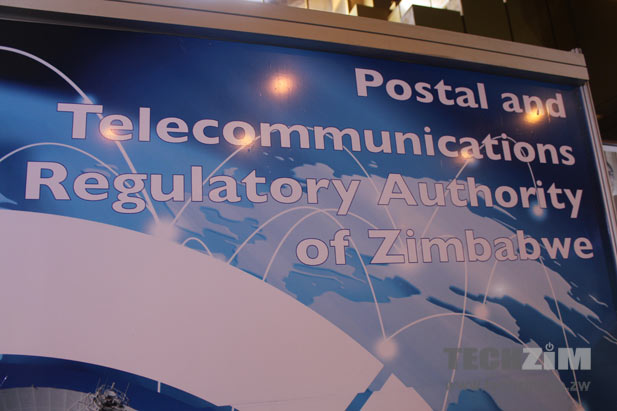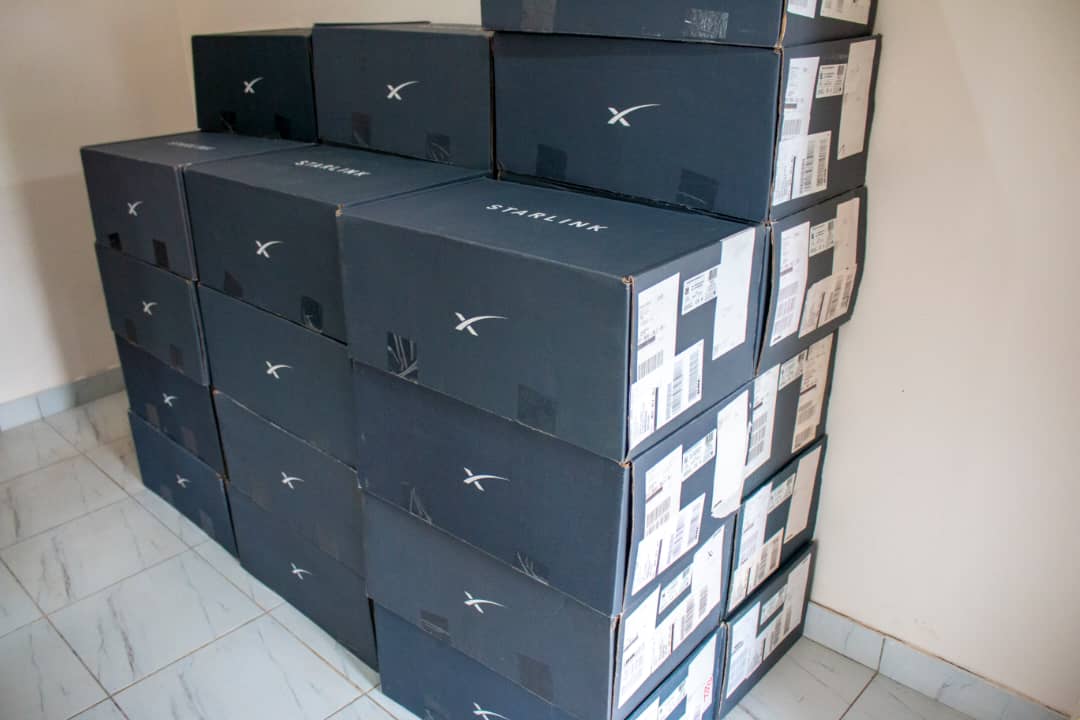POTRAZ (the Post and Telecommunications Regulatory Authority of Zimbabwe), the national telecommunications regulator has just released its latest quarterly sector performance report, covering the third quarter of 2015. Though the report always comes one-quarter too late, it does give a comprehensive snapshot of local telecoms and technology rollout.
Over the review period Zimbabwe’s mobile penetration rate increased by 1.3% too reach 92.8%. This figure represents the active mobile subscribers, whose total came to 12,394,383 subscribers versus the total registered subscribers (both active and inactive) which number 19,054 million.
Econet still maintained its position with the largest subscriber with 6,679 million active subscribers, followed by NetOne with 3,8 million active subscribers and Telecel holding on to 1,913 million subscribers.
ZImbabwe’s internet penetration increased by 2.1% during the third quarter and stood at 46.6%. The largest increase in internet connections during the period was registered for Fibre and LTE which rose by 53.4% and 5424.3% respectively. LTE connections stood at 26,185 with this huge jump attributed to the extensive LTE rollout from NetOne and Econet.
Out of the 6,086,827 internet connections during the review period, 5,889,267 were for GPRS, EDGE,2G, 3G and HSDP. This indicates how mobile internet is till the leading form of broadband used by Zimbabweans.
International internet bandwidth capacity increased by 2.6% to reach 31,310Mbps from 30,520Mbps recorded in the previous quarter.
The total value of deposits on mobile money platforms declined by 10.5% and stood at $458 million, down from the previous quarter’s $512 million. this variation is likely a reflection of constraints in the economy.
Despite increases in national voice traffic(courtesy of on net voice promotions), revenue for mobile operators declined by 2.9% during the review period, from $188,546,864 to $183,164,014. 60.1% of mobile telecoms revenue still comes from voice services, with data services contributing 19.5%
You can access the full report by following this link to the POTRAZ website.














Comments
3 responses
LTE coverage still very low due to non-coverage in certain ares and non-readiness by some end user smartphones which are NOT LTE smart.But we still have a long way to go but certainly heading in the right direction.
The biggest let down is ADSL service provided by Telone. In some cities such as Bulawayo potential clients are being turned away due to non-availability of ports at the POP DSLAMs. Telone has had to resort to removing ADSL clients who have not been active for a while to create space for new applicants. We hope come March capacity at these POPs will be increased.
Yeah, TelOne need to sort out their system. I am one of those inactive subscribers who had to make room for others.
International internet bandwidth capacity increased by 2.6% to reach 31,310Mbps from 30,520Mbps recorded in the previous quarter. ???? for the whole country ? I think you meant Gbits .